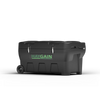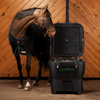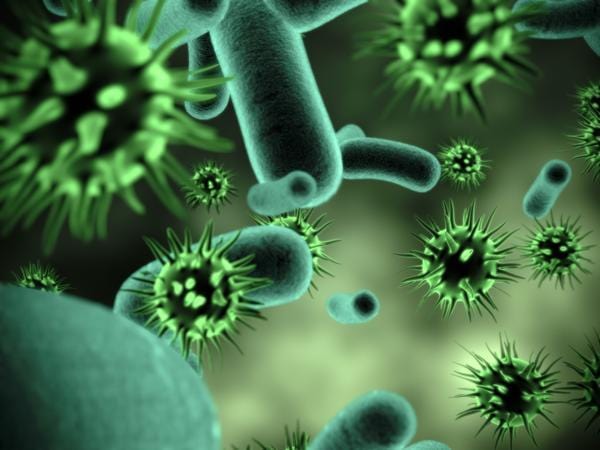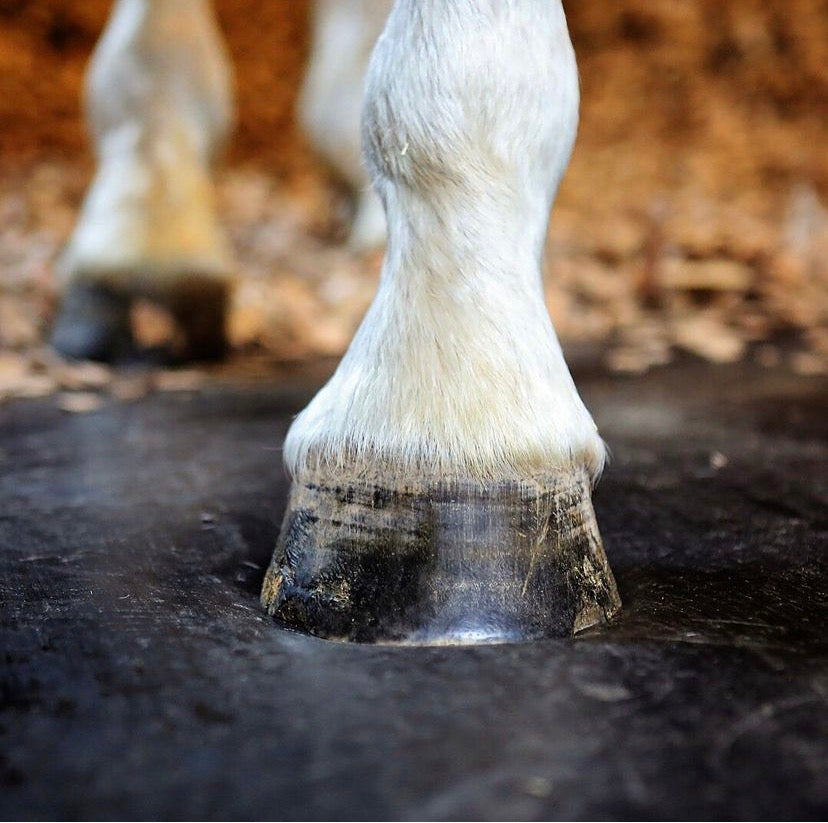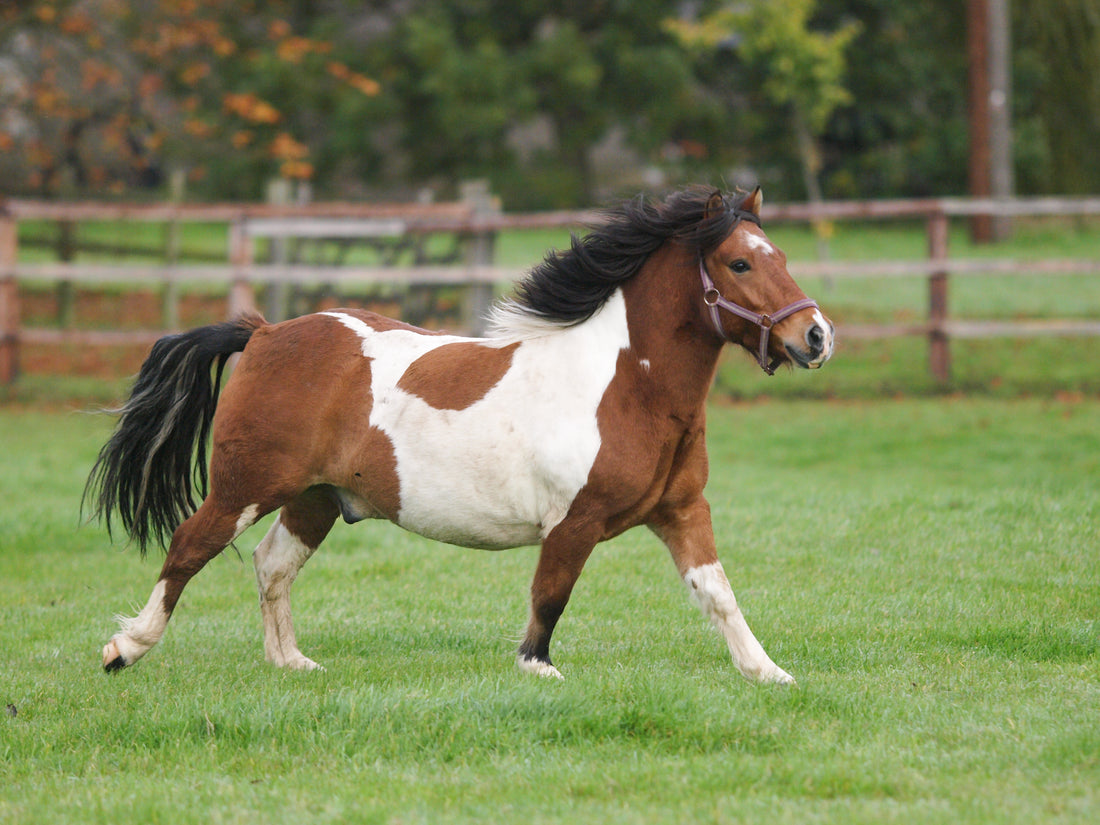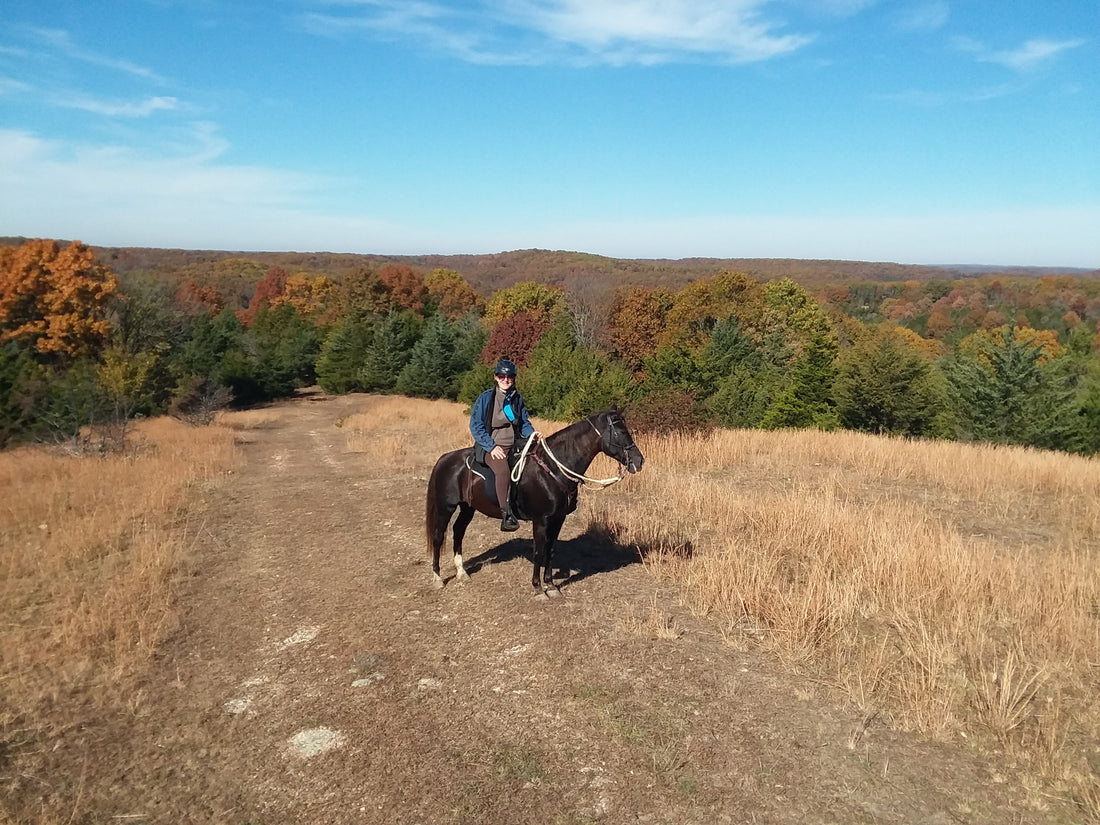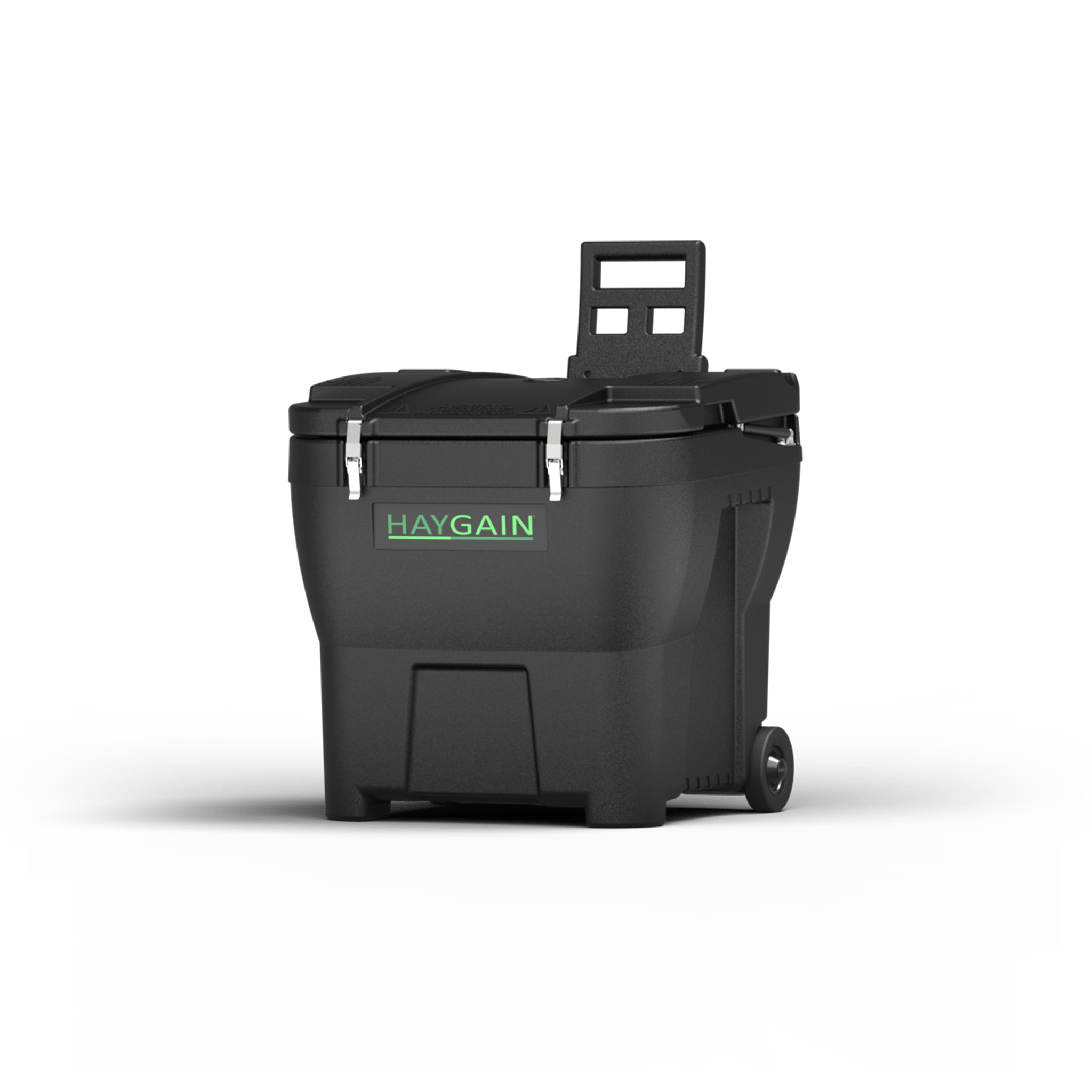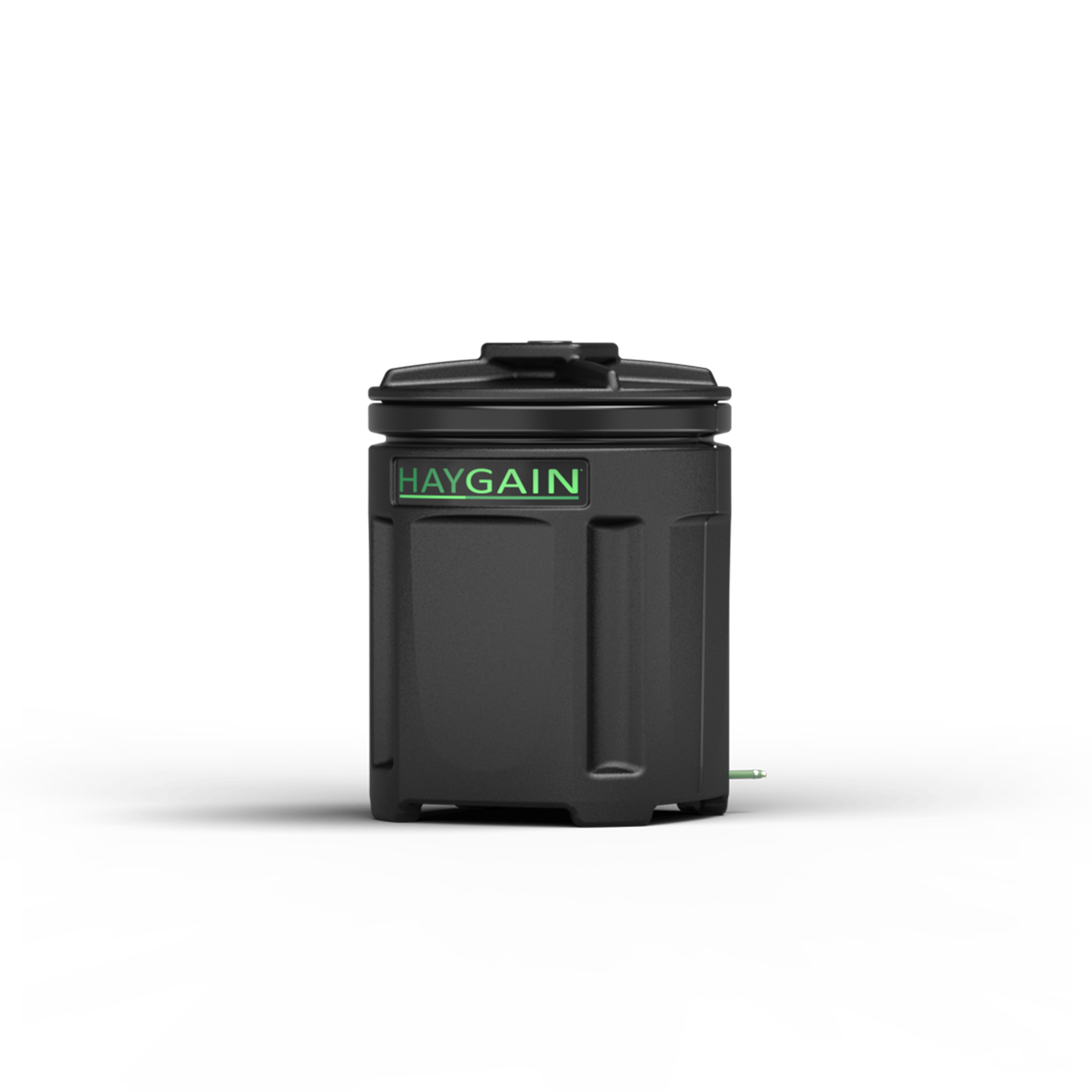
Dr. Simon Daniels - Royal Agricultural University
Dr Simon Daniels is a senior lecturer at the Royal Agricultural University. Simon is an animal scientist specialising in equine gut health, encompassing nutrition and parasitology. Simon’s research more recently has become focused on the horses gut microbiome structure and function in normal healthy animals and in animals with disease. He is particularly interested in the use of next generation ‘omics technologies to study bacteria that we cannot commonly grow in the laboratory to get a much clear understanding of the horses gastrointestinal ecosystem.
Introduction
Most horse owners are aware that hay can vary in its hygienic quality. From differing hay studies one conclusion that we can always draw on is that hay in its inherent nature is variable. Previous studies have identified that single species grass hays are often more hygienic than mixed grass species hays e.g. meadow hays which vary in the grass sward composition (Seguin et al., 2010).
hays [...] contain bacteria associated with disease. By high temperature steaming these bacteria can be drastically reduced.
Part of the variation in hygienic quality can be linked to molds, bacteria, yeasts, fungi and protozoa. Bacteria, fungi and protozoa are often collectively termed as microbiota. Some of these microbiota may negatively affect the horse’s respiratory health, hence soaking or steaming is often used to reduce the inhalation of microbiota e.g. fungal spores (Moore-Colyer et al., 2016). However it is also important to remember that we are all surrounded by billions of microbiota continually and these do not cause us any harm at all. Therefore it is important to understand which microbiota may be harmful compared to those that pose no health risk, in fact some can be beneficial.
From research in the 1990’s we know that when we soak hay the biological oxygen demand (BOD) of the post soak water is ten times greater than the BOD of raw sewage (Warr and Petch, 1993).
This measure, BOD, is commonly used to describe water pollution and thus soaking hay leaves us with effluent water with 10 times the pollutant of raw sewage. With this in mind surely we then have to question what happens to hay when we soak it to make the water so polluted? What are we feeding to our horses when feeding hay that has come out of this water?
Within science there has been an increase in profiling bacteria within diverse communities of microbiota (microbiomes) over the past 10 years. This is simply due to the technologies available that allow us to be able to use bacterial DNA to identify bacteria that we cannot necessarily grow in a laboratory environment.
Within horses there has been a lot of focus on the hindgut microbiome, e.g. the ecosystem of normal microbiota in the horses’ large intestine that allow it to digest fibre. However we know very little of the microbiota of hay that we are feeding to horses. To gain a greater understanding of hay microbiota we carried out a study to identify the microbiota present in two types of UK hay, meadow and rye, when left dry, soaked for 16 hours or high temperature steamed in a HG600.




Microbiota in hay
Both rye and meadow hays were sourced from two locations cut in the summer of 2017. Each hay from each location was used to make up 2.5kg hay nets to represent normal feeding practices. Hays were then either left dry to represent dry feeding or soaked or steamed. Soaking was for 16 hours to represent timing used by horse owners to reduce water soluble carbohydrates (WSC) prior to feeding. Steaming was in a Haygain steamer for approx. 50 minutes as per normal operating instructions. Bacterial DNA were then extracted from the hays and analysed to give a profile of bacteria in the dry, soaked and steamed hays.
What we found was that both soaking and steaming had some effect on the microbiota profile within the hays. Steamed hay had the most similar profile of bacteria to dry hay, whereas in the soaked hay the diversity of the bacteria present was reduced. It is most likely that only certain bacteria could survive in the water but those that could appeared to increase. In reality this means that soaked hay has a less diverse bacterial profile allowing other bacteria on the wet hay to increase.
In the steamed hays there were few surviving bacteria associated with respiratory infections, steaming also killed bacteria associated with dental disease.
What we found was that both soaking and steaming had some effect on the microbiota profile within the hays. Steamed hay had the most similar profile of bacteria to dry hay, whereas in the soaked hay the diversity of the bacteria present was reduced. It is most likely that only certain bacteria could survive in the water but those that could appeared to increase. In reality this means that soaked hay has a less diverse bacterial profile allowing other bacteria on the wet hay to increase.
The hay type also influenced the microbiota profile in that there were four times the number of core bacteria found in the meadow hays compared to the core biome of the ryegrass hays. Many of the bacteria in the soaked hay samples were pathogenic to plants and fish which helps to explain why the water from hay soaking should not be allowed to enter any aquatic ecosystem.

Of the living bacteria found in the hays dry, after soaking and steaming. Within the dry hay there were several types of bacteria that are associated with respiratory infections. While this decreased in the soaked hay there were still bacteria associated with bacterial infections. In the steamed hays there were few surviving bacteria associated with respiratory infections, steaming also killed bacteria associated with dental disease.
The overall findings of this study suggest that while hays are variable in their bacterial content they can contain bacteria associated with disease. By high temperature steaming these bacteria can be drastically reduced. While soaking hay can help reduce some of the respiratory pathogens it is less effective than steaming and also provides the conditions for an increase in plant and marine pathogens within the water. When looking to improve the hygienic quality of hay the best option to reduce potential pathogens while keeping the microbiota you are feeding your horse as normal as possible is to use high temperature steaming.
Note: While this article specifically references UK hays, the main points are applicable to hays grown worldwide.
Find out more about the benefits of Haygain
References
Moore-Colyer, M.J.S., Taylor, J.L.E. and James, R. (2016). The Effect of Steaming and Soaking on the Respirable Particle, Bacteria, Mould, and Nutrient Content in Hay for Horses. Journal of Equine Veterinary Science. 39:62-68.
Seguin, V., Lemauviel-Lavenant, S., Garon, D., Bouchart, V., Gallard, Y., Blanchet, B., Diquelou, S., Personeni, E., Gauduchon, P. and Ourry, A. (2010). Effect of agricultural and environmental factors on the hay characteristics involved in equine respiratory disease. Agriculture, Ecosystems & Environment. 135(3): 206-215.
Warr, E.M. and Petch, J.L. (1993). Effects of soaking hay on its nutritional quality. Equine Veterinary Education. https://doi.org/10.1111/j.2042-3292.1993.tb01031.x


